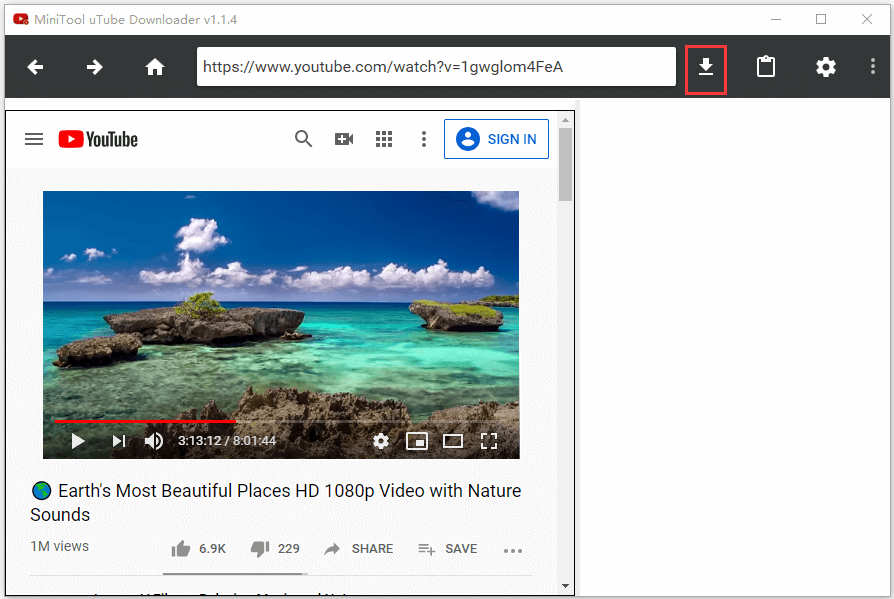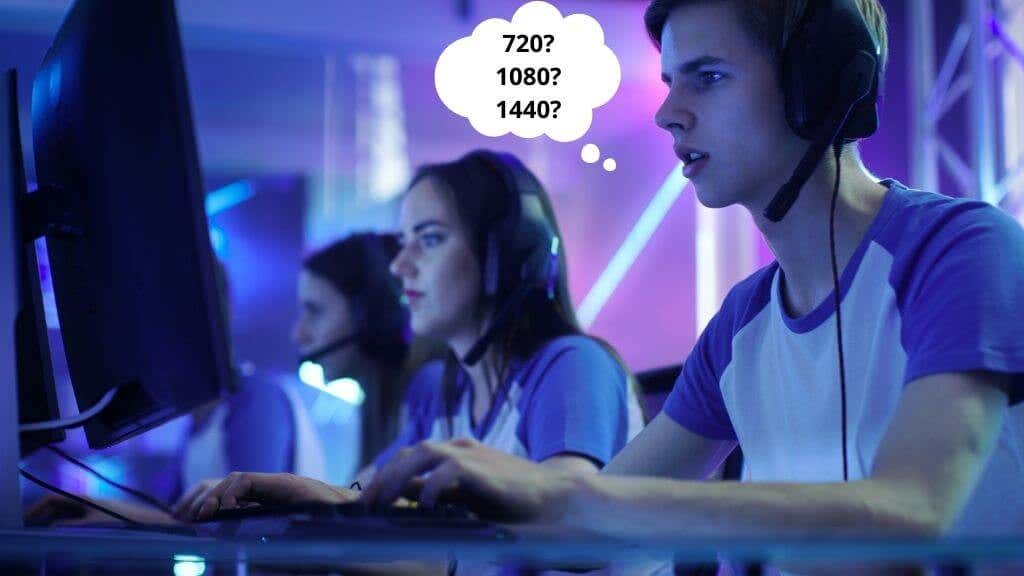
- 720p vs 1080p video 720p#
- 720p vs 1080p video 1080p#
- 720p vs 1080p video full#
- 720p vs 1080p video Ps4#
720p vs 1080p video 1080p#
The field-to-instant relation is somewhat more complex for the case of 1080p at 24 frames/second converted to 1080i at 60 fields/second see telecine.

In this situation both fields in a frame do correspond to the same instant. However, when 1080p material is captured at 25 or 30 frames/second, it is converted to 1080i at 50 or 60 fields/second, respectively, for processing or broadcasting. This is true for interlaced video in general and can be easily observed in still images taken of fast motion scenes. In native or pure 1080i, the two fields of a frame correspond to different instants (points in time), so motion portrayal is good (50 or 60 motion phases/second). ġ080i differs from 1080p, where the p stands for progressive scan, where all lines in a frame are captured at the same time. Consequently, the horizontal lines of pixels in each field are captured and displayed with a one-line vertical gap between them, so the lines of the next field can be interlaced between them, resulting in 1080 total lines. The first field consists of all odd-numbered TV lines and the second all even numbered lines. A frame of 1080i video consists of two sequential fields of 1920 horizontal and 540 vertical pixels. Within the designation "1080i", the i stands for interlaced scan.

Consequently, flat-panel TVs convert an interlaced source to progressive scan for display, which can have an adverse impact on motion portrayal. Despite the fact that most TV transmissions are interlaced, plasma and LCD display technologies are progressively scanned. Īn example frame of poorly deinterlaced video. The choice of 1080 lines originates with Charles Poynton, who in the early 1990s pushed for "square pixels" to be used in HD video formats. This format is used in the SMPTE 292M standard.

A 1920 pixels × 1080 lines screen has a total of 2.1 megapixels (2.1 million pixels) and a temporal resolution of 50 or 60 interlaced fields per second. The term assumes a widescreen aspect ratio of 16:9 (a rectangular TV that is wider than it is tall), so the 1080 lines of vertical resolution implies 1920 columns of horizontal resolution, or 1920 pixels × 1080 lines. A related display resolution is 1080p, which also has 1080 lines of resolution the "p" refers to progressive scan, which indicates that the lines of resolution for each frame are "drawn" on the screen in sequence. The "i" is an abbreviation for "interlaced" this indicates that only the odd lines, then the even lines of each frame (each image called a video field) are drawn alternately, so that only half the number of actual image frames are used to produce video. The number "1080" refers to the number of horizontal lines on the screen. 1080i is used in high-definition television (HDTV) and high-definition video.
720p vs 1080p video full#
JSTOR ( June 2012) ( Learn how and when to remove this template message)ġ080i (also known as Full HD or BT.709) is a combination of frame resolution and scan type.Unsourced material may be challenged and removed. Please help improve this article by adding citations to reliable sources. Don't let the deciding factor of the console you choose be a few pixels.This article needs additional citations for verification. If you want the best graphics, skip these consoles and build yourself a powerful gaming PC. Because both machines are powerful and can make a game look exceptionally high quality, the matchup between these two consoles comes down to cost, features, and where your friends play.
720p vs 1080p video Ps4#
While the PS4 has an advantage on graphical quality in this first wave of games, it doesn't tell the whole tale.

In the end, they deemed the PS4 version to be slightly better, but the Xbox One puts in a great showing because the scaler does a good job of putting out a good 1080p video, while the PS4 does not.
720p vs 1080p video 720p#
The good people of Digital Foundry did a comparison between the PS4 and Xbox One versions of Battlefield 4, which are running at 900p and 720p respectively. Making that divide even narrower when you are sitting eight feet away on the couch. Because of this, some of the difference in quality between the two console version can be made up. A good scaler won't just blow up the source, it will also do some post-processing runs and clean up the output video.


 0 kommentar(er)
0 kommentar(er)
